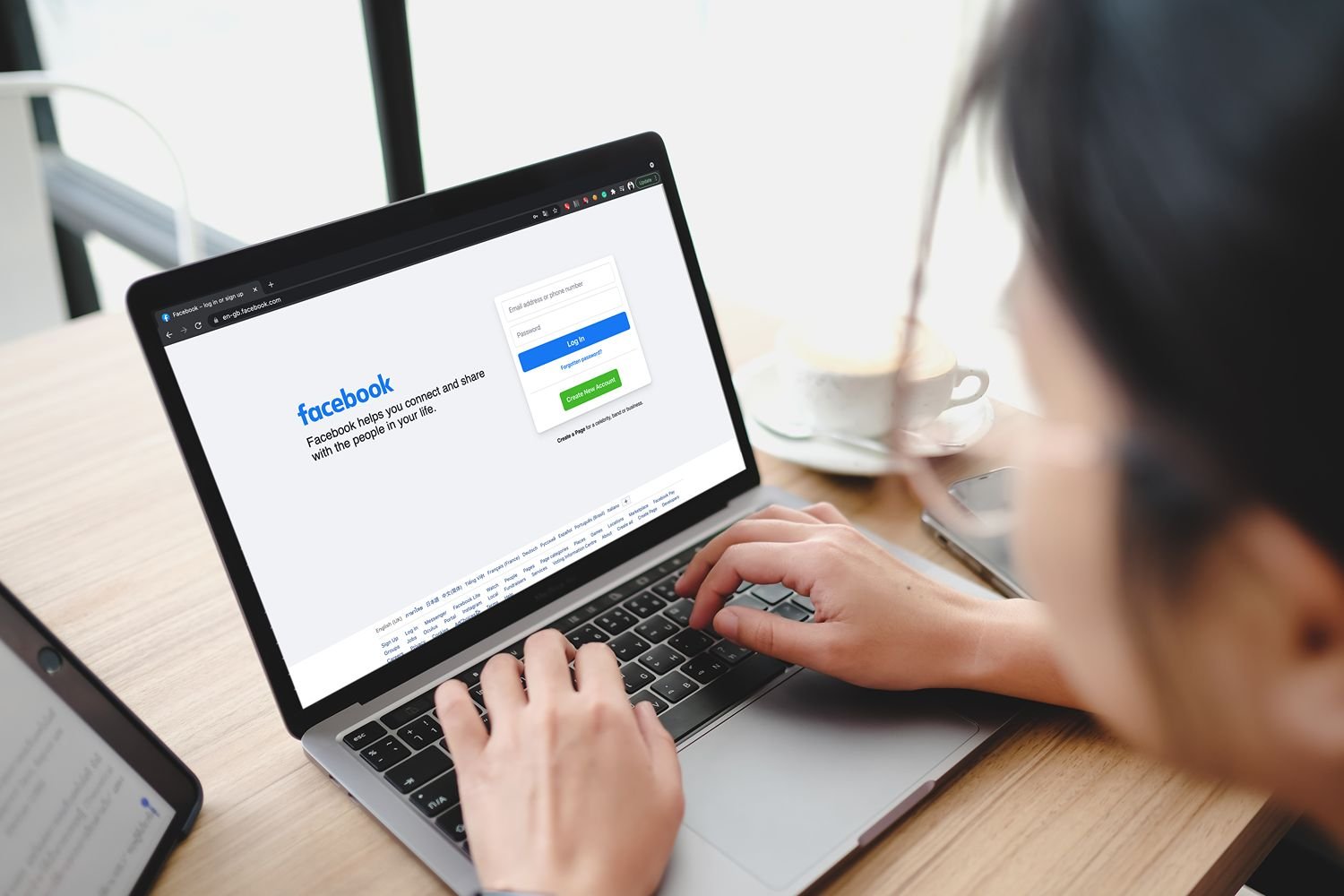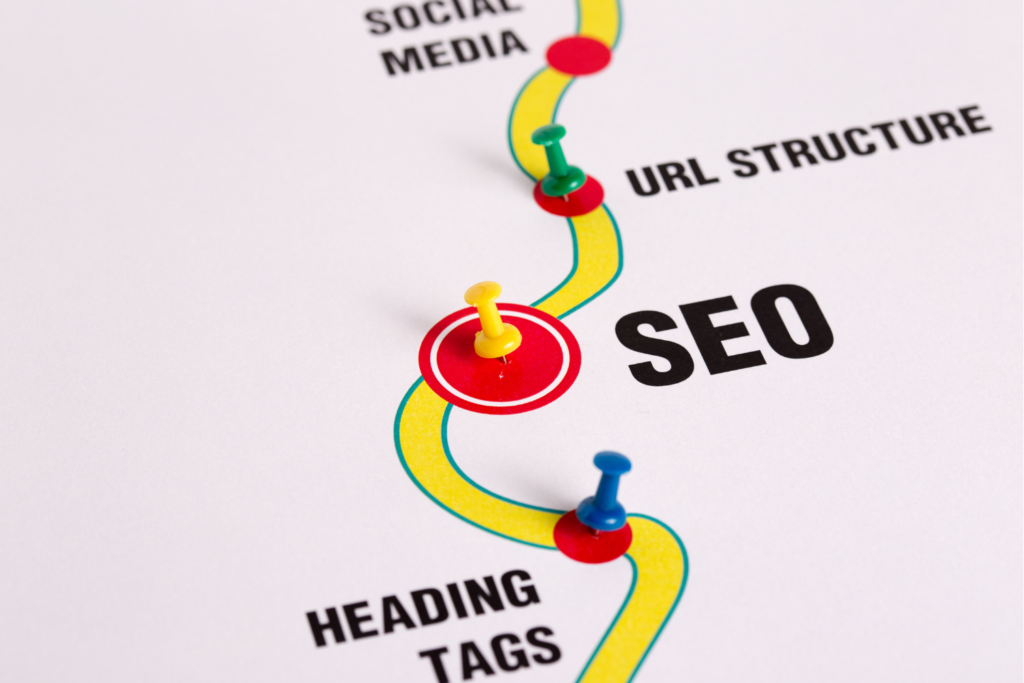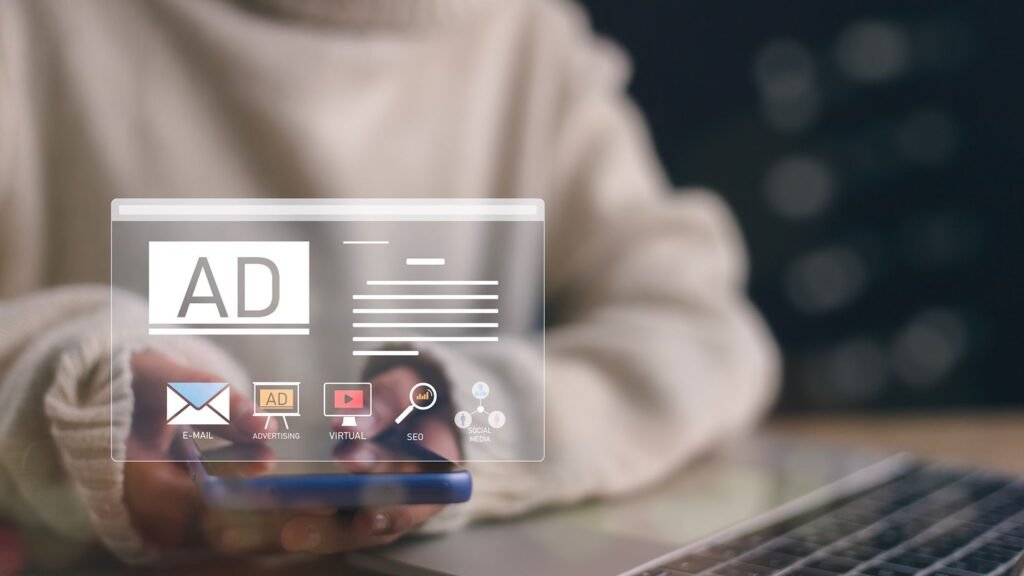If you run a local business, your next best customer is already scrolling within a few miles of your front door. Facebook (and Instagram, via Meta Ads) lets you put a compelling offer, a recognizable brand face, and a tap-to-call button directly in that person’s hand—right now, in your exact service radius. Done right, Facebook ads don’t just earn likes; they increase local visibility, generate qualified leads, and create a steady pipeline of booked appointments, store visits, and purchases.
This is your end-to-end, no-fluff manual to mastering Facebook ads for local businesses. We’ll cover strategy, campaign architecture, geo-targeting, creative that stops the scroll, offers that convert, budgeting, testing, tracking, and the on-site experiences that turn clicks into customers. We’ll also show you how Facebook ads amplify your local SEO, Google Business Profile, and conversion-optimized landing pages—so your entire marketing engine compounds.
Throughout the guide, we’ll mark phrases you can link internally to your site for SEO and UX (e.g., bold anchor text like Facebook & Instagram ads, landing pages, local SEO services, web design, Google Ads, reputation management, email & SMS marketing, video marketing, and website maintenance). Use these to weave your ecosystem together.
Why Facebook Ads Are a Local Visibility Engine (Not Just “Social Media”)
Local customers don’t always start at Google. They browse Facebook and Instagram multiple times a day—before work, at lunch, and on the couch at night. With Meta’s geo-targeting, you can show timely offers to people within 1–15 miles of your business, layered by age, interests, and behaviors.
How Facebook Increases Local Visibility
- Hyperlocal Reach: Target ZIP codes, towns, or radius around your store or service HQ so ads only show to nearby buyers.
- Always-On Awareness: Your brand appears in feeds between trusted friends and local groups, building recognition faster than sporadic posts.
- Cross-Platform Ubiquity: One campaign runs across Facebook + Instagram + Audience Network, multiplying impressions where your customers spend time.
- Placement Density: Stories, Reels, Feed, and Explore placements give you multiple visual touchpoints in a single day.
- Map & Direction Nudges: With the Store Traffic or Reach objectives, ads can nudge users to get directions or call—key for walk-in businesses.
When your ad shows up consistently for people who live and work near you, you become the brand they remember when it’s time to act. That’s local visibility—and it stacks.
Strategy First: Your Local Growth Framework
Before you launch, decide what you want Facebook to do in your backyard.
- Primary outcome (90 days):
- Booked appointments
- Phone calls
- In-store visits
- Quote requests / demos
- New customer trials
- Conversion destination:
- Click-to-call (mobile priority)
- Lead form (instant form)
- Messenger (DM conversation)
- Conversion landing page (optimized for local intent)
- Messaging pillars:
- Proof (reviews, before/after, local results)
- Offer (risk-reversal, trial, coupon, limited slots)
- Process (what happens next, how it works)
- People (faces, culture, community)
- Measurement:
- Calls, form fills, booked appointments (not just impressions)
- Cost per lead, cost per booking, show rate, customer value
Campaign Architecture That Works for Local
Meta constantly evolves, but a clean structure wins. Start simple, then scale.
Recommended Structure
- Campaign #1: Lead/Book Now (Conversions or Leads objective)
- Ad Set A: Radius targeting (5–10 miles, or by ZIPs)
- Ad Set B: Local interest layers (homeowners, parents, small business, fitness, etc., as allowed)
- Ad Set C: Remarketing (site visitors, engaged users, video viewers)
- Ads: 3–5 creative variations (video, UGC, before/after, offer)
- Campaign #2: Awareness & Reach (Reach or Awareness objective)
- Ad Set: Broad radius to saturate your immediate service area
- Ads: Short video teasers, community vibe, brand message
- Campaign #3: Store Traffic / Calls (if applicable)
- Ad Set: Radius + call/click-to-map optimization
- Ads: “Tap to call,” “Get directions,” limited-time in-store offers
Keep budgets modest at first, validate the hooks and offers, then scale. Don’t over-segment early.
Geo-Targeting: Own Your Neighborhood
Local visibility hinges on precise targeting. Start small; expand strategically.
- Radius Targeting: 3–7 miles for dense urban/suburban areas; 10–20 miles for rural.
- ZIP Codes & Towns: When your service area includes specific municipalities, build ad sets per cluster so you can tailor copy: “Serving Toms River, Brick, and Point Pleasant.”
- Exclusions: Exclude regions you don’t serve to prevent wasted spend.
- Schedule Alignment: Run heavier during high-intent windows (evenings/weekends for home services; mid-day for B2B; event-driven spikes for hospitality).
Add hyperlocal cues to your creative (landmarks, neighborhoods, seasonal notes). It increases ad relevance and perceived trust.
Audiences: From Cold to Warm to Hot
Cold (Discovery)
- Geo + Broad (age, radius) to let the algorithm find pockets of converters
- Light interest layers (when allowed) aligned to your niche (home improvement, beauty, family, small business, etc.)
Warm (Consideration)
- Engaged social users (viewed, liked, commented, DM’d)
- Video viewers 50–95% (they showed attention)
- Website visitors (last 7/30/90 days)
Hot (Conversion/Remarketing)
- Leads who didn’t book (email & SMS nurture + remarketing)
- Cart/booking abandoners
- People who messaged but didn’t schedule
When volume allows, test lookalikes from your customer file or lead lists. They often perform well in neighboring towns.
Creative That Stops the Scroll (and Sells Locally)
Locals want clarity and proof, fast. Build a creative mix that cycles weekly.
1) Proof Ads
- Before/After (split screen, under 7 seconds to reveal)
- Review Overlay (“132 five-star reviews in [Town]—thank you!”)
- Mini case (“From leak to like-new in 24 hours—Toms River”)
2) Offer Ads
- Free consultation, limited bookings, “$0 diagnostic with same-day service,” “New-patient special,” seasonal discounts
- Use scarcity honestly (limited slots/week)
3) Process Ads
- “Here’s exactly how our 3-step service works”… with quick cuts and captions
- Demystify pricing or timelines
4) People & Community Ads
- “Meet the team that serves Brick & Point Pleasant”
- Charitable partnerships, school sponsorships, local events
Creative Format Tips
- Video first (9:16 vertical for Reels/Stories); keep the hook in 1–2 seconds
- Captions on everything (most watch without sound)
- Bold headline in the first line (“Toms River AC Tune-Up: Same-Day Slots”)
- Strong CTA: “Call Now,” “Book Your Estimate,” “Tap for Directions”
- Test UGC-style (self-shot, authentic) vs. polished production; locals trust real
Tie creative to services: video marketing, content creation, and branding can lift results dramatically.
Offers That Convert in a Local Market
Not all offers are equal. For high-intent local buyers, make action risk-free and immediate.
- Risk Reversal: “Satisfaction guaranteed,” “No charge if not solved,” “Free redos”
- Speed: “Same-day bookings,” “After-hours emergency”
- Trial/Intro: “First class free,” “New-patient intro rate,” “Free inspection”
- Value Adds: “Free filter with tune-up,” “Complimentary consultation”
- Seasonal: Weather-specific services; back-to-school; holiday prep; summer-ready
Overlay these offers on ad creative and mirror them on your landing pages.
Conversion Paths: Make It Dead Simple
Every ad must lead to a frictionless next step.
- Click-to-Call (mobile): Ideal for urgent services; track with call events
- Instant Forms (Leads objective): Fewer fields, custom question to qualify
- Messenger/DM: Keyword triggers (“DM ‘QUOTE’ for pricing + booking link”)
- Conversion Landing Pages: One promise, one CTA, fast load, local proof
Your conversion pages matter more than your ads. Don’t pour traffic into cluttered pages, slow sites, or generic homepages. Build focused landing pages and lean on professional web design to remove friction.
Google Business Profile + Facebook Ads = Local Dominance
Facebook ads build awareness and demand. Your Google Business Profile captures intent when people search after seeing your ad.
- Keep GBP fresh with weekly Posts, new photos, and Q&A
- Push reviews (and reply promptly) via reputation management
- Make sure GBP links use UTM parameters so your reporting is crystal clear
This synergy increases brand recognition in SERPs and lifts click-through rates on your local listings.
Pixel, Conversions API, and What to Track
To scale with confidence, track like a pro.
- Meta Pixel: Install sitewide; fire key events (ViewContent, Lead, Schedule, Purchase)
- Conversions API (CAPI): Server-side tracking to recover lost signals
- Call Tracking: Dynamic numbers on landing pages and GBP (label sources)
- Offline Conversions: Upload booked jobs or closed sales to train the algorithm
- GA4 + UTM Discipline: See cross-channel impact and avoid double counting
Report weekly on: spend, reach, clicks, leads, calls, bookings, cost per result, and show rate.
Budgets, Bidding, and Pacing (Without Burning Cash)
You don’t need a huge budget to win locally.
- Start Smart: $20–$60/day per active campaign (more for multi-location)
- Cold vs. Warm Split: ~70% discovery, 30% remarketing (adjust by volume)
- Bidding: Begin with Advantage+ placements and lowest-cost bidding; layer caps once you have stable CPL
- Frequency: Watch ad frequency; rotate creative every 7–21 days to avoid fatigue
- Seasonality: Go heavier during peak demand; pull back or pivot during slow periods
Testing Framework (So Results Improve Every Week)
Ad performance compounds when you test systematically.
Test 1 thing at a time:
- Hook: Outcome-first vs. pain-first vs. location-first
- Format: UGC vertical vs. polished video vs. carousel
- Offer: Free consult vs. limited-time savings vs. added value
- CTA: “Call Now” vs. “Book Online” vs. “Get Quote”
- Destinations: Instant form vs. landing page vs. Messenger
Run each test for 5–7 days (or to 50+ conversions across ads) before you crown a winner.
For Service-Based Businesses: Make Phone & Messaging Frictionless
If your business closes sales by phone or DM:
- Use call CTAs during open hours; test call-only ad variations
- Enable Messenger with keyword automation (“QUOTE,” “BOOK,” “MENU”)
- Respond within minutes—speed-to-lead can double your close rate
- Sync leads to a CRM and start email & SMS marketing immediately
Cross-post your best reels and story highlights for social proof and FAQs.
For Brick-and-Mortar: Drive Foot Traffic That Converts
Use the Store Traffic objective and Get Directions CTAs.
- Geo-fence a 1–3 mile radius
- Promote in-store only deals and limited-time events
- Run dayparted ads (lunchtime, post-work, weekend)
- Optimize for calls, directions, and in-store redemptions (QR codes, POS tags)
Measure footfall through redemption codes and customer surveys if POS tracking isn’t available.
Landing Pages: The Difference Between Clicks and Customers
Ads get attention. Pages close the sale. Your local landing page should:
- Load in under 2 seconds (especially on mobile)
- Use a singular promise that matches the ad (“Same-Day AC Repair in Toms River”)
- Place one CTA above the fold and repeat it throughout
- Feature local reviews, before/after, service area map, and FAQs
- Minimize form fields; offer click-to-call and tap-to-text options
- Add trust badges (Google rating, local associations, warranties)
If pages are slow or confusing, fix web design first. Then scale ads.
Compliance: Don’t Get Your Ads Disapproved
- Avoid restricted targeting for Special Ad Categories (credit, housing, employment)
- No misleading claims, exaggerated before/afters, or “personal attributes” language (“You have back pain” is prohibited)
- Respect privacy when using email & SMS marketing—obtain explicit consent
- Keep brand safety and community standards in mind (especially for health/beauty)
A clean compliance record protects your ad account and reduces review friction.
The Local Visibility Flywheel: How Everything Compounds
- Facebook & Instagram ads introduce you repeatedly to locals.
- They search your brand → your Google Business Profile and local SEO make you the obvious choice.
- Your landing pages convert clicks to calls, forms, and bookings.
- Reputation management turns happy customers into reviews and UGC—your next ads.
- Email & SMS marketing keep customers coming back and referring friends.
- Website maintenance keeps the engine fast, secure, and error-free.
The result: your cost per lead goes down while volume goes up.
30-Day Launch Plan (Copy & Apply)
Week 1 — Foundation
- Install Pixel + CAPI, set up conversions (Lead, Schedule, Purchase)
- Create 3 ad templates (Proof / Offer / Process) with local copy
- Build one focused landing page (mobile-first, fast, one CTA)
- Enable call tracking and Messenger automation
- Refresh GBP photos, Posts, hours, and UTMs
Week 2 — Go Live
- Campaign 1 (Leads/Conversions): Radius + Remarketing
- Campaign 2 (Reach): Awareness in your service area
- Campaign 3 (Optional): Store Traffic or Calls
- Budget: Start modest; let learning run 5–7 days
Week 3 — Optimize
- Kill low CTR or high CPC ads; replace with fresh hooks
- Shift budget toward ad sets with the best cost per booking
- Update landing copy to mirror winner ads; add FAQs from DMs
Week 4 — Scale What Works
- Increase budget on winners by 10–20% every 2–3 days
- Launch 1–2 lookalike audiences if volume allows
- Layer retargeting offers (e.g., “Bonus + expiry”)
- Build your email & SMS welcome + reactivation flows
By day 30, you’ll know which hooks, offers, and pages produce real local appointments—and you’ll have a repeatable system.
Make Your Local Market Yours
Facebook ads aren’t “just social.” They’re a local visibility engine that, when connected to the right landing pages, Google Business Profile, local SEO, and reputation systems, turns casual scrollers into loyal customers.
If you want an expert team to build the whole machine for you—strategy, creative, tracking, conversion pages, and ongoing optimization—let’s talk. We run end-to-end campaigns that combine Facebook & Instagram ads, Google Ads, local SEO services, conversion-grade web design, reputation management, email & SMS marketing, and website maintenance into one cohesive growth plan.
Ready to fill your calendar and dominate your neighborhood?
Let’s launch a high-performance local Facebook ads program that drives real bookings, calls, and in-store traffic. Reach out for a free strategy consult—and we’ll map your first 30 days, creative angles, and the exact landing page you need to win your backyard.








